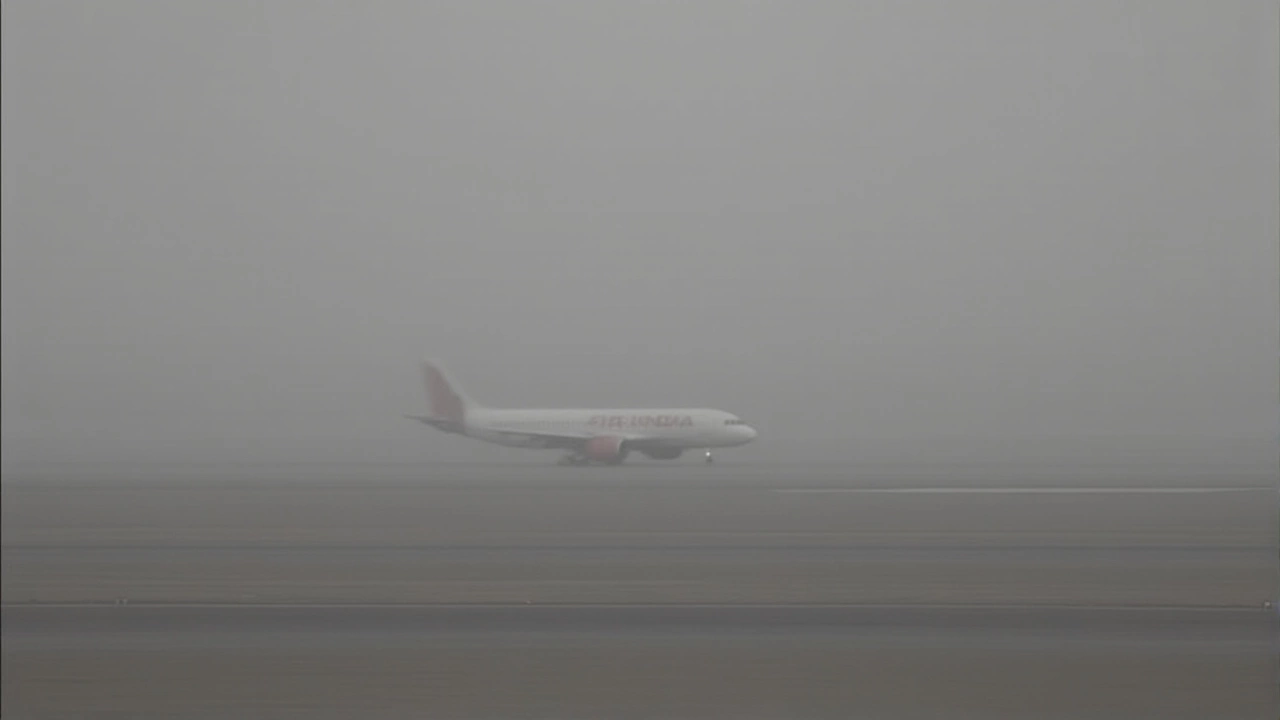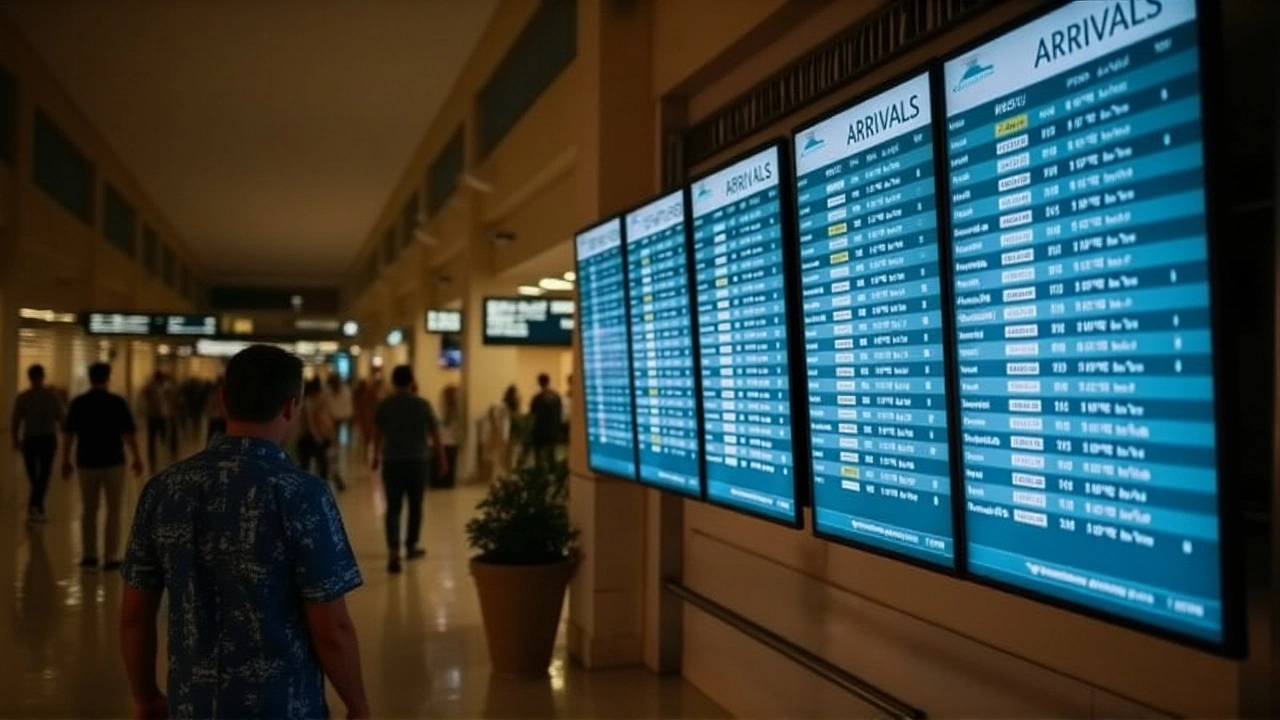Regional Airline Association Demands End to Shutdown as FAA Modernization Stalls
 Nov, 26 2025
Nov, 26 2025
When the federal government shut down, it wasn’t just offices that went dark — it was the sky above America. On November 9, 2025, the Regional Airline Association issued a rare, urgent statement condemning the ongoing shutdown, calling it a direct threat to aviation safety and rural connectivity. The statement, delivered by Faye Malarkey Black, President & CEO of the RAA, came just hours after Senate Majority Leader John Thune and Senator Susan Collins announced a bipartisan deal to end the shutdown, though no final vote had yet occurred. What made the RAA’s message so urgent? Because while politicians negotiated, air traffic controllers, TSA officers, and FAA engineers kept showing up — unpaid, exhausted, and unable to fix the nation’s aging air traffic systems.
The Sky Can’t Wait
Regional airlines aren’t just a footnote in U.S. aviation — they’re the backbone. Together, they operate 35.0% of all scheduled passenger flights in the country. But their true impact is felt far from major hubs. In nine states, regional carriers provide more than 70% of all scheduled air service: 92.0% in West Virginia, 88.0% in Alaska, 87.0% in North Dakota. In Vermont, it’s 77.0%. In Maine, 72.0%. These aren’t numbers on a chart — they’re lifelines. For a grandmother in rural Montana, a child in rural Kentucky, or a nurse in rural Wyoming, the nearest airport might only have one daily flight — and that flight is operated by a regional carrier.
Yet during the shutdown, the Federal Aviation Administration — the agency responsible for modernizing the National Airspace System — was frozen. No new radar upgrades. No software patches for outdated controllers. No safety inspections on navigation aids. The FAA’s $11.3 billion NextGen modernization program, designed to replace 1950s-era radar with satellite-based tracking, has been stuck in neutral since the shutdown began. And that’s not theoretical. According to Visual Capitalist’s analysis, flight cancellations rose 17% week-over-week during the shutdown’s third week, with the highest spikes in states dependent on regional service.
Workers Without Pay, Skies Without Progress
Faye Malarkey Black didn’t mince words: "America cannot modernize its airspace when government is closed for business." Her statement named the people on the front lines — air traffic controllers working double shifts without pay, TSA agents skipping meals to stay on the job, NTSB investigators unable to launch accident probes. These aren’t contractors. They’re federal employees with mortgages, kids, and bills. Many have taken second jobs. Some have skipped medical appointments. One controller in Ohio told a local paper he’s been using his vacation days just to eat.
The RAA’s statement wasn’t just about fairness. It was about risk. When controllers are overworked and underpaid, errors creep in. When FAA engineers can’t update software, older systems fail more often. In 2024, a software glitch in the FAA’s en route system caused 280+ delays in the Midwest — a problem that could’ve been avoided with routine updates now frozen. "This isn’t about politics," Black said. "It’s about whether the next plane you board has the safest possible system guiding it."

Who’s Really Affected — And Where
The shutdown’s impact isn’t evenly distributed. While New York and Chicago might see a few canceled flights, states like West Virginia and Alaska face existential disruption. In Alaska, where 88% of flights are regional, a single canceled flight can strand an entire village for days. In rural Alabama, the only daily flight to Birmingham — operated by a regional carrier — connects patients to cancer treatment centers. When that flight gets axed, people die.
Even states where regional airlines provide 50–70% of service — like Idaho, Iowa, and Nebraska — are feeling the squeeze. Airlines have started cutting frequencies, not because demand dropped, but because they can’t get FAA approvals for new flight paths or runway lighting upgrades. The FAA isn’t just a regulator — it’s a partner. And right now, that partner is on unpaid leave.
What Happens Next?
The Thune-Collins deal, announced November 9, 2025, is a step — but not a solution. The RAA didn’t demand specifics on funding or timelines. They demanded action: pay the workers, unfreeze the FAA, and get the modernization programs moving again. No vague promises. No "we’ll get to it later."
But here’s the catch: even if Congress passes the deal tomorrow, it could take weeks for FAA employees to return to full capacity. The backlog of safety reviews alone is estimated at 4,000 items. And without immediate funding, contractors won’t resume work. The NextGen program? It’s not just delayed — it’s at risk of permanent erosion. The technology is ready. The need is urgent. But leadership has stalled.
Meanwhile, regional airlines are watching. If the shutdown drags on, some may be forced to reduce service permanently — not because they want to, but because they can’t absorb the costs of operating without FAA support. That’s not speculation. In 2018’s 35-day shutdown, three regional carriers permanently cut routes in rural Alaska. They never came back.

Why This Matters Beyond the Sky
This isn’t just about planes. It’s about equity. The same communities that rely on regional airlines are often the ones with the least political clout. They don’t have lobbyists in D.C. They don’t get press coverage when flights get canceled. But they’re the ones who pay the price when government shuts down. The RAA’s statement is one of the clearest signals yet that rural America won’t be ignored anymore.
For the first time, the regional airline industry — long seen as a supporting player — is standing up and saying: our safety, our service, our communities, are not negotiable.
Frequently Asked Questions
How does the government shutdown directly affect flight safety?
With FAA employees working without pay, critical safety upgrades — like radar modernization, navigation system updates, and runway lighting inspections — are frozen. In 2024, a software glitch caused over 280 delays; similar issues are likely to resurface. Unpaid controllers are also more prone to fatigue-related errors, increasing risk across the National Airspace System.
Which states are most vulnerable to regional flight disruptions?
West Virginia (92% regional service), Alaska (88%), North Dakota (87%), Vermont (77%), and Maine (72%) are the most dependent. In these states, regional airlines are often the only link to major medical centers, airports, and supply chains. A single canceled flight can isolate entire communities for days.
What is the FAA’s NextGen program, and why does it matter?
NextGen is a $11.3 billion program to replace 1950s radar with satellite-based tracking, improving accuracy, reducing delays, and cutting emissions. It’s been delayed for years. During the shutdown, all development halted. Without progress, U.S. air traffic will remain inefficient — and dangerously outdated — compared to Europe and Asia.
Why didn’t the RAA mention a timeline for resolution?
The RAA’s statement was intentionally focused on immediate action, not political timelines. They’re not asking for a bill — they’re demanding that workers be paid and FAA programs resume. Past shutdowns showed that even after deals are announced, implementation lags for weeks. The RAA wants to prevent that delay from becoming permanent damage.
Could regional airlines survive long-term service cuts if the shutdown continues?
Some already are. During the 2018 shutdown, three regional carriers permanently cut routes in Alaska after losing revenue and facing FAA delays. Without FAA approvals for new flight paths or safety certifications, airlines can’t adjust schedules or add capacity. Long-term shutdowns could permanently shrink the regional network — especially in rural areas.
Is this the first time the RAA has publicly pressured Congress over a shutdown?
No. The RAA issued similar statements during the 2013 and 2018 shutdowns, but never with this level of urgency or geographic specificity. This time, they included hard data on state-level service dependencies — a deliberate move to show lawmakers that rural voters aren’t just a footnote. This is personal. And it’s political.